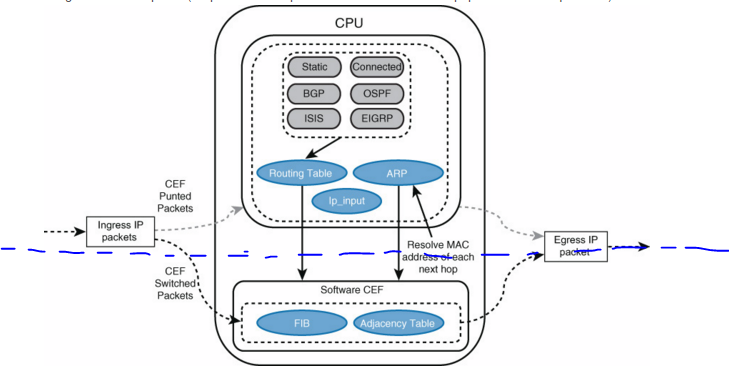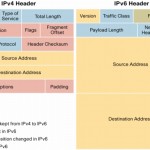Before starting this post this is something that has been very theoretical and had a hard time to visuals so i intend to make the best effort to deep in and explain it.
Lots of pleasure ahead.
Control Plane is everything that as to go through the processor like routing. Packets or Originated or destined by the Device.
Data Plane is everything that need to be forward without being process by the router processor example : packet are forward by the source and destination using the CEF table.
One simple way you can think of this is that control plane traffic is traffic that is originated by, or destined to the router itself. Data plane traffic can be simply described as traffic that is not destined to or originated by the router, but traffic that is “just passing through” to get to other destinations.
Another example from Keith Barker :
Control Plane = Learning what we will do
Our planning stage, which includes learning which paths the buses will take, is similar to the control plane in the network. We haven’t picked up people yet, nor have we dropped them off, but we do know the paths and stops due to our plan. The control plane is primarily about the learning of routes.
In a routed network, this planning and learning can be done through static routes, where we train the router about remote networks, and how to get there. We also can use dynamic routing protocols, like RIP, OSPF and EIGRP to allow the routers to train each other regarding how to reach remote networks. This is all the control plane.
Data Plane = Actualy moving the packets based on what we learned.
Now, after the routers know how to route for remote networks, along comes a customers packet and BAM! this is were the data plane begins. The data plane is the actual movement of the customers data packets over the transit path. (We learned the path to use in the control plane stage earlier).
IOS-XE
IOS XE allows development of data plane ASICs outside the IOS instance and have them program to a set of standard APIs which in turn enforces Control Plane and Data Plane processing separation. It achieves Control Plane / Data Plane separation through the introduction of the Forwarding and Feature Manager (FFM) and its standard interface to the Forwarding Engine Driver (FED). FFM provides a set of APIs to control plane processes. FFM programs the data plane via the FED and maintains forwarding state for the entire system. The FED is an instance of the hardware driver for the data plane.
Adam, Paul (2014-07-12). All-in-One CCIE V5 Written Exam Guide (Kindle Locations 806-810). . Kindle Edition.


